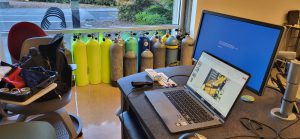
Cylinder Inspection Training: Why a Maintained Cylinder Is a Happy Cylinder
Uncover the importance of gas cylinder inspections and training. Dive deep into ensuring safety, boosting efficiency, and prolonging cylinder life.
When preparing components for proper cleaning procedures for the use of oxygen, you want to reduce the chance of contamination of hydrocarbons. Because you want to avoid the addition of any hydrocarbons you want to use the purest components possible. During our training course we discuss the use of Tribolube oxygen compatible lubricants, lint free wipes and the use of distilled water versus tap water. Distilled water is clean, affordable and easily obtained for use during the cleaning process.
Potable water, drinking water, is easily obtained, but can contain minerals and or biological components. These items can add compounds to an oxygen system you wish to remain free from any contaminates. There are two ways to purify water to make it more compatible with your oxygen cleaning process. The two popular ways of purifying water is deionization and distillation.
Deionization uses the process of filtration with anions and cations. In essence the molecules become bonded with positive and negative charges and can be removed by stripping the water of the charged ions. This works very well when trying to rid the water of salts or other molecules that can become charged.
Distillation uses heat to evaporate the water. Since the boiling point of compounds is different, the water molecules will evaporate, leaving other impurities behind. The vapor condenses into another container, without the impurities. The benefit of distillation is that it can clean the potable water of chemicals, compounds and biological and bacterial compounds. The more often the water is distilled, the purer it becomes.
Since distilled water is readily available at most stores, and affordable, we recommend it in the use of oxygen cleaning during our course. Using a clean metal or glass bowl, filled with distilled water, provides a clean media to check for impurities. Placing oxygen clean components into the water bath will help the inspector check for unwanted contaminates. If things float in the water, or a sheen is noticed, the component is not clean.
Be aware, even if it is water, it has gone through a chemical process. Since it has gone through such a process you must have a safety data sheet on hand when storing or using distilled water.
Owner
www.Cylindertrainingservices.com
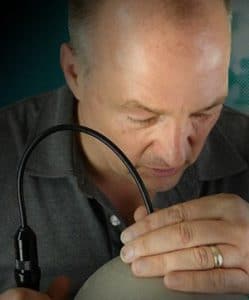
I enjoy continuing to build the business based on safety since 1999. CTS focuses on the inspection of high pressure cylinders, the maintaining of the valves and basic maintenance of high pressure compressor systems. CTS stays current in techniques and tools to train both the new and novice employee. We publish articles, update training tools and have created an APP to assist during the inspection process.
#cylinder #safety #hazmat #training #cylinderinspectiontraining #cylindex

Uncover the importance of gas cylinder inspections and training. Dive deep into ensuring safety, boosting efficiency, and prolonging cylinder life.
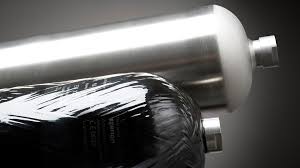
Is your composite cylinder showing signs of wear? Discover when to seek a professional repair service in our comprehensive guide.
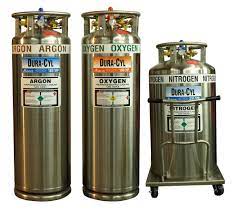
29 CFR 1910.101 intro Handling cryogenic cylinders involves working with extremely low-temperature gases that pose unique safety risks. To ensure the safe handling, storage, and transportation of these hazardous materials,
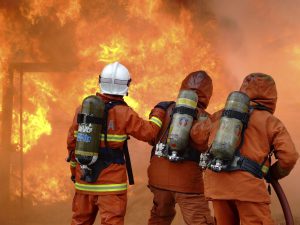
Introduction Firefighters encounter many risks while on duty, including hazardous materials and high pressure bottles. High pressure bottles are used for a variety of purposes in firefighting, including powering hydraulic